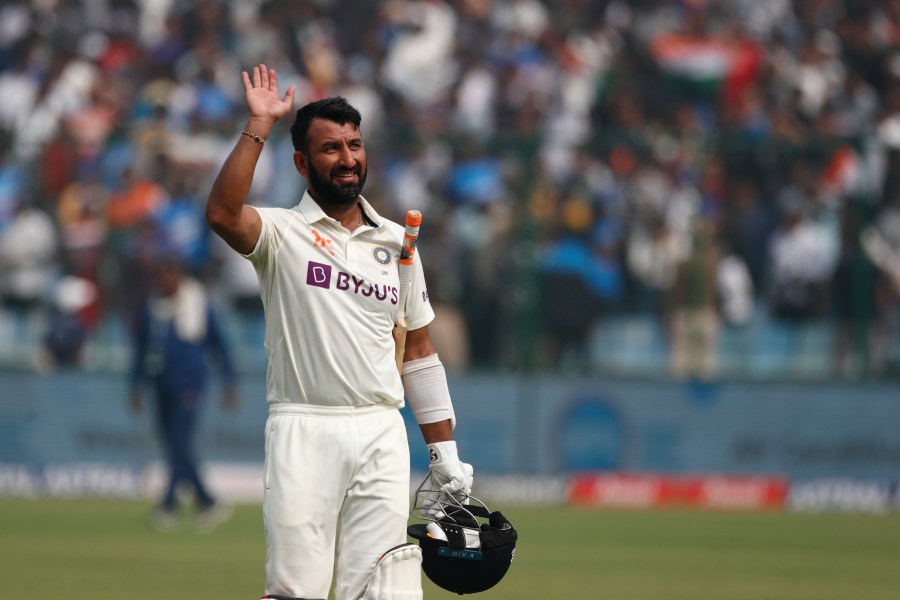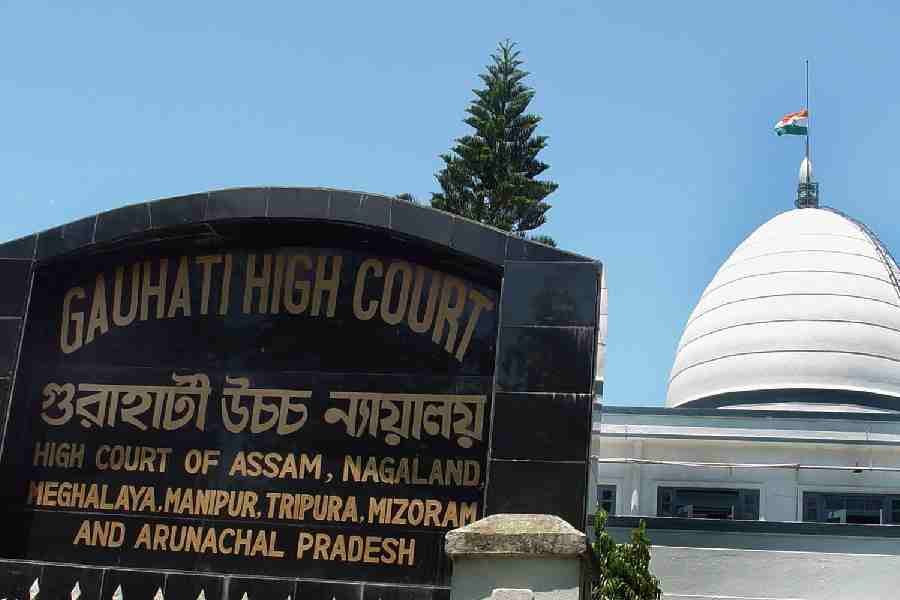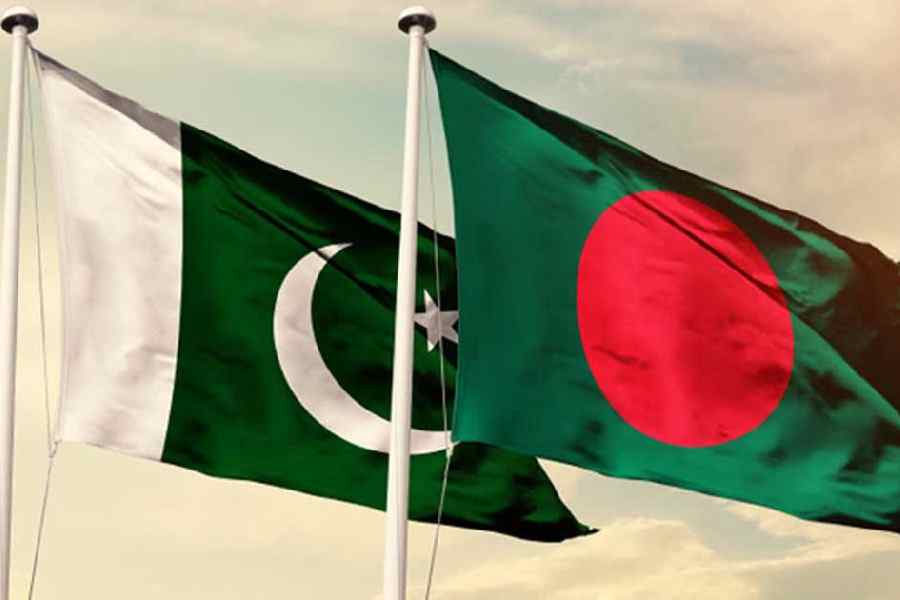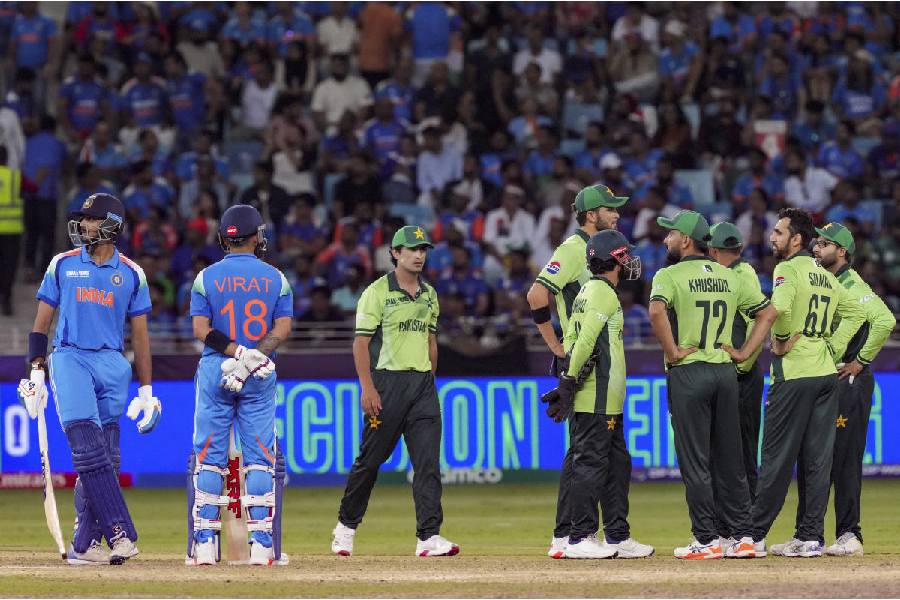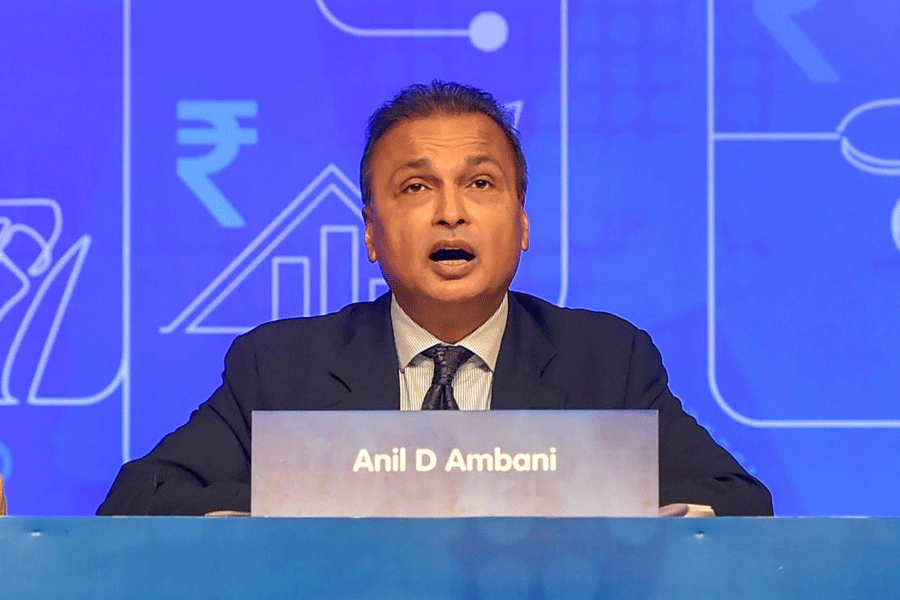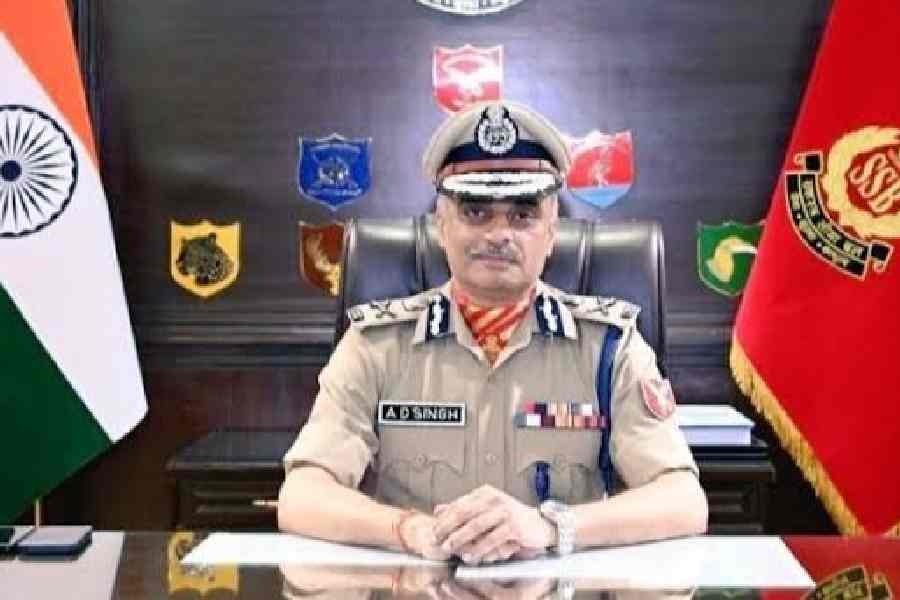 |
Berhampur, Sept. 9: Half a decade ago, the Orissa Tourism Development Corporation renovated the Basant Nivas Palace, the historical summer palace of the royal family of Paralakhemundi. But what it didn’t notice was the first indoor swimming pool of the state situated in its basement and left in a dilapidated condition.
No official has any idea about the existence of such a pool in the palace.
The present royal scion, Gopinath Gajapati, son of late Ram Chandra Gajapati Narayan Deb, who had stayed at the palace for a while, remembered seeing the pool in the basement. “Most of the time, I was away for studies. But, I remember the indoor swimming pool. It was a wonderful architectural masterpiece,” Gopinath said.
Atreyapurapu Krishna Murty, 82, who was the royal photographer of the former ruler of Paralakhemundi estate, Krushna Chandra Gajapati Narayan Dev, runs the oldest Murty Photo Studio. He said there was a rectangle indoor swimming pool in Basant Nivas Palace with platforms on four sides.
“The most interesting part of this pool was the reflecting tiles on its roof. If anybody lighted a lamp or candle and kept it anywhere on the platform, one could see its reflected images. It created an image of Sheesh Mahal in Rajasthan. There was also a decorated steel water tank outside (can’t be seen now). Water was pumped into the tank by an electric motor. The pool was then filled up through a valve. There was also an outlet passage from the swimming pool to the Mahendratanaya river flowing nearby.
Only royal family members and VVIP guests of the Maharaja were allowed in the pool. There was a separate square pool for the women or zenana,” Murty said.
“In the palace, there was also a powerhouse consisting of a kerosene-operated generator imported from London. It used to supply electricity to the pump to lift water in the overhead tank and power 20 street lights and almost all the rooms in the palace,” Murty recollected.
The powerhouse building also remains dilapidated.
“The indoor swimming pool was about 20 feet wide, 40 feet long and 3 feet deep at one side and 6 feet in the deep end. It was marvellous,” said 60-year-old Kishore Chandra Guru of Hendi Sahi in Paralakhemundi. He paid a visit to the palace with his father several times as a child.
Krushna Chandra Gajapati built this summer palace in 1926 on a plinth area of 66,549sqft and on 21 acres. The palace was designed by German architects.
The palace building was handed over to the education department to run an agriculture college as desired by its creator during the regime of Biju Patnaik at a price of Rs 3 lakh. The royal family vacated the summer palace after Ram Chandra Gajapati Narayan Deb, son of Krushna Chandra Gajapati Narayan Deb and father of Gopi Nath Gajapati, committed suicide there. The agriculture college, however, never saw the light of the day. The building was utilised as a NCC camp in the first phase and Odisha Military Police camp from 1969 to 1976.
The palace was also used as a centre for Indira Gandhi Open University till it was handed over to the department of tourism in September 2003.
The corporation carried out the renovation subsequently. The entrance to the indoor swimming pool in the basement was permanently closed when life science classes for the department of Sri Krushna Chandra Gajapati College used to be conducted here.
The government spent Rs 70 lakh to renovate the palace. Tourist office in Gajapati district operated from here after its makeover, but it has also stopped for over a year now. Sanatan Nayak, the tourist officer of Ganjam, is now the in charge of the office in Gajapati.
Murty also remembered that there were life-size statues of two Royal Bengal tigers and a huge mirror at the entrance to the palace. There were also four Belgium glass trees fitted near the entrance that used to chime in breeze. It also produced sound if anyone stepped inside the palace, he said.
Hammering the bell once every hour used to be practised here. There was an armoury on the other side of the basement where rifles for the soldiers of the estate were kept. Krushna Chandra Gajapati donated two truckloads of rifles to the British Army during the World War II, Murty said.
The doors and windows of the dressing room of the queen were so constructed that if the main door was closed, other doors and windows of the dressing room would automatically close, he said. Some hooligans had looted an attractive marble statue of a bathing lady from its premises, but it was later recovered in Delhi and is now preserved at the state museum in Bhubaneswar.


